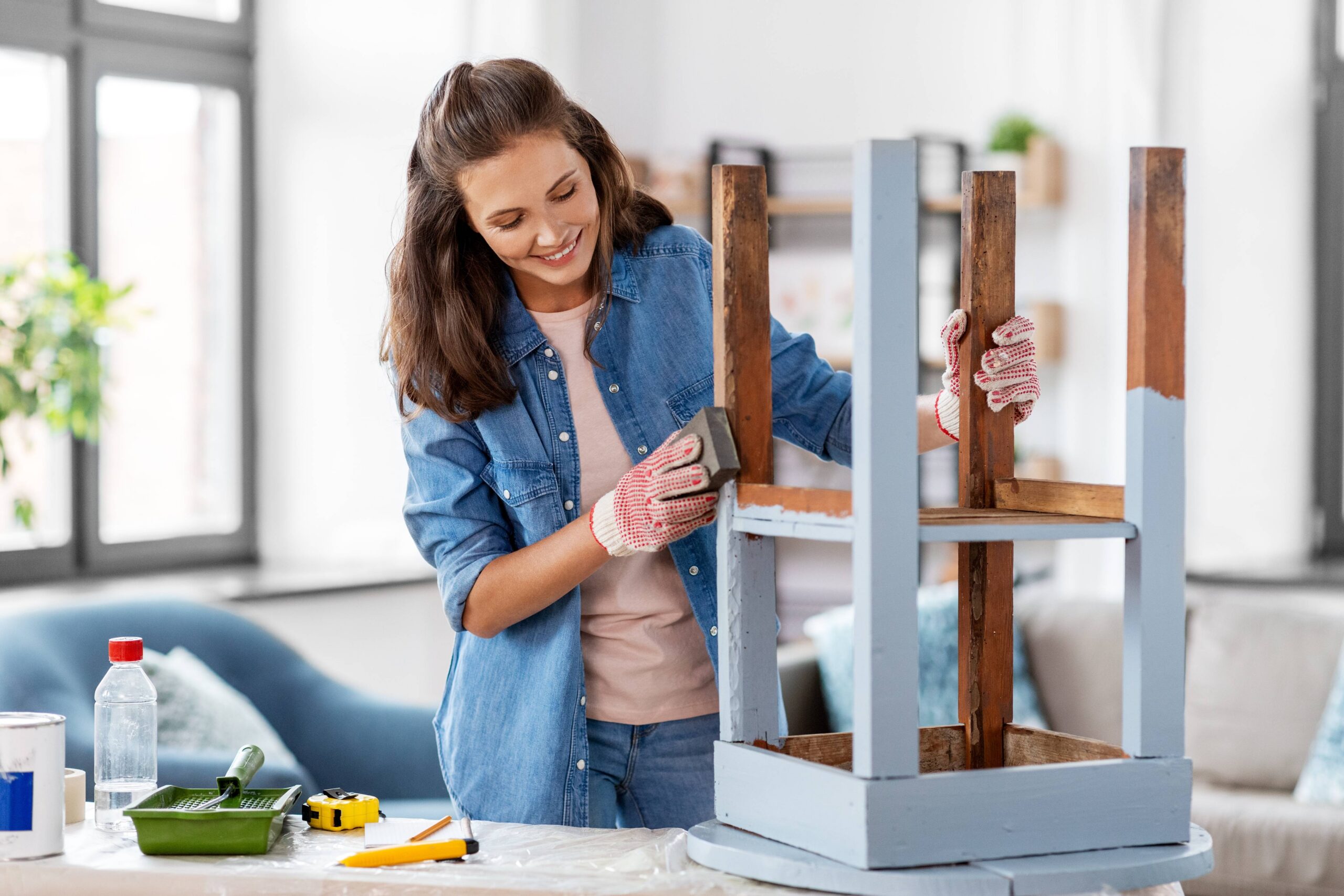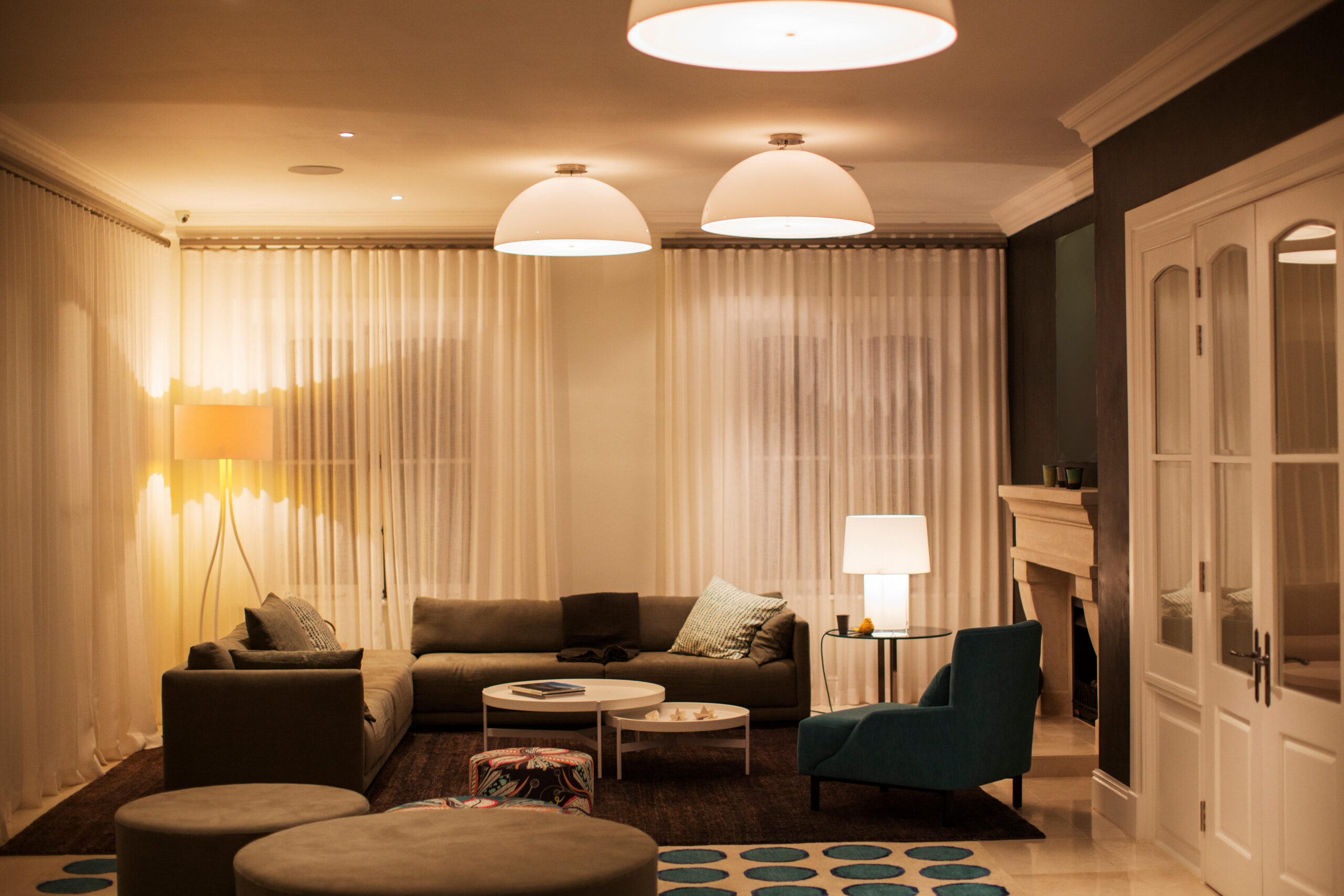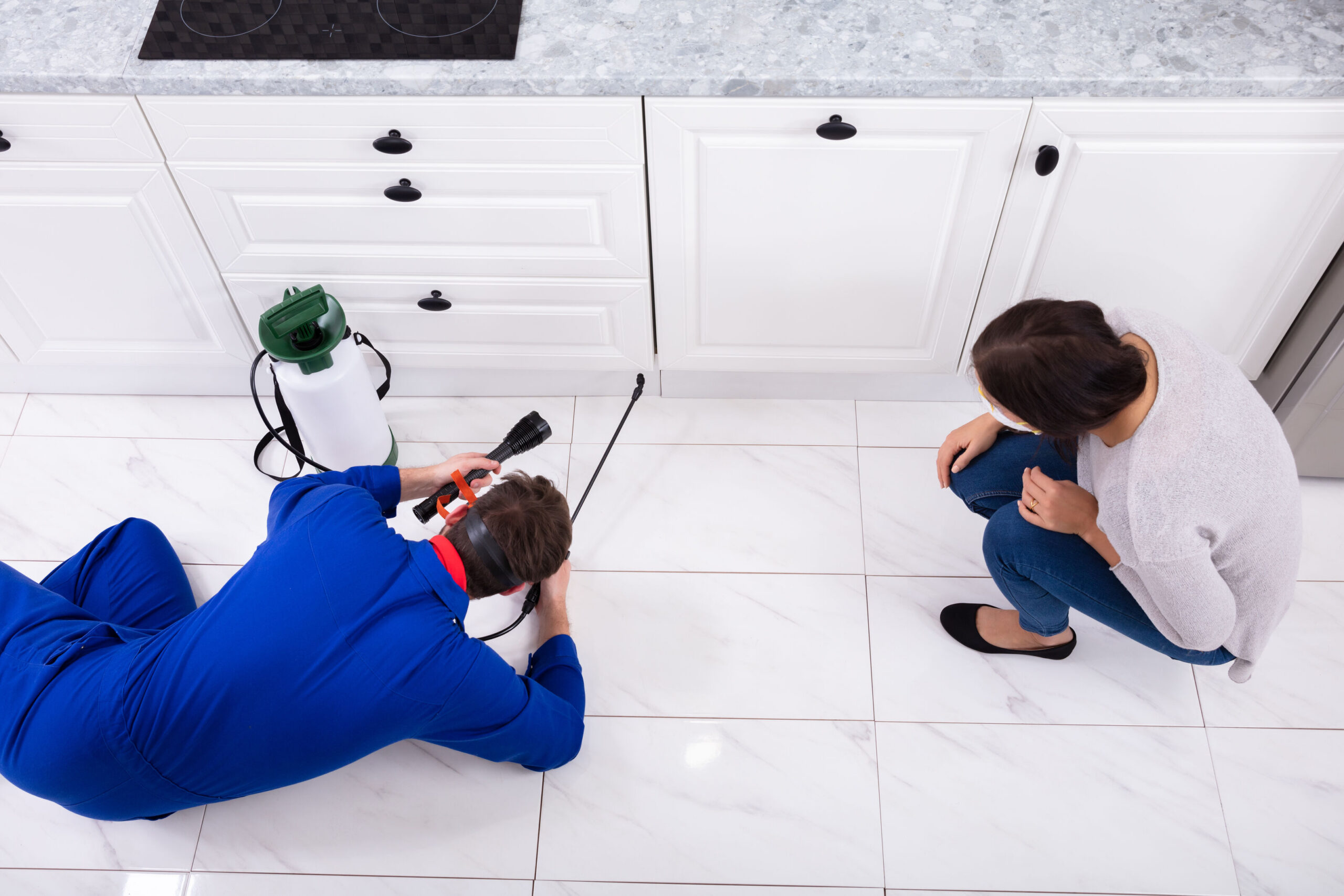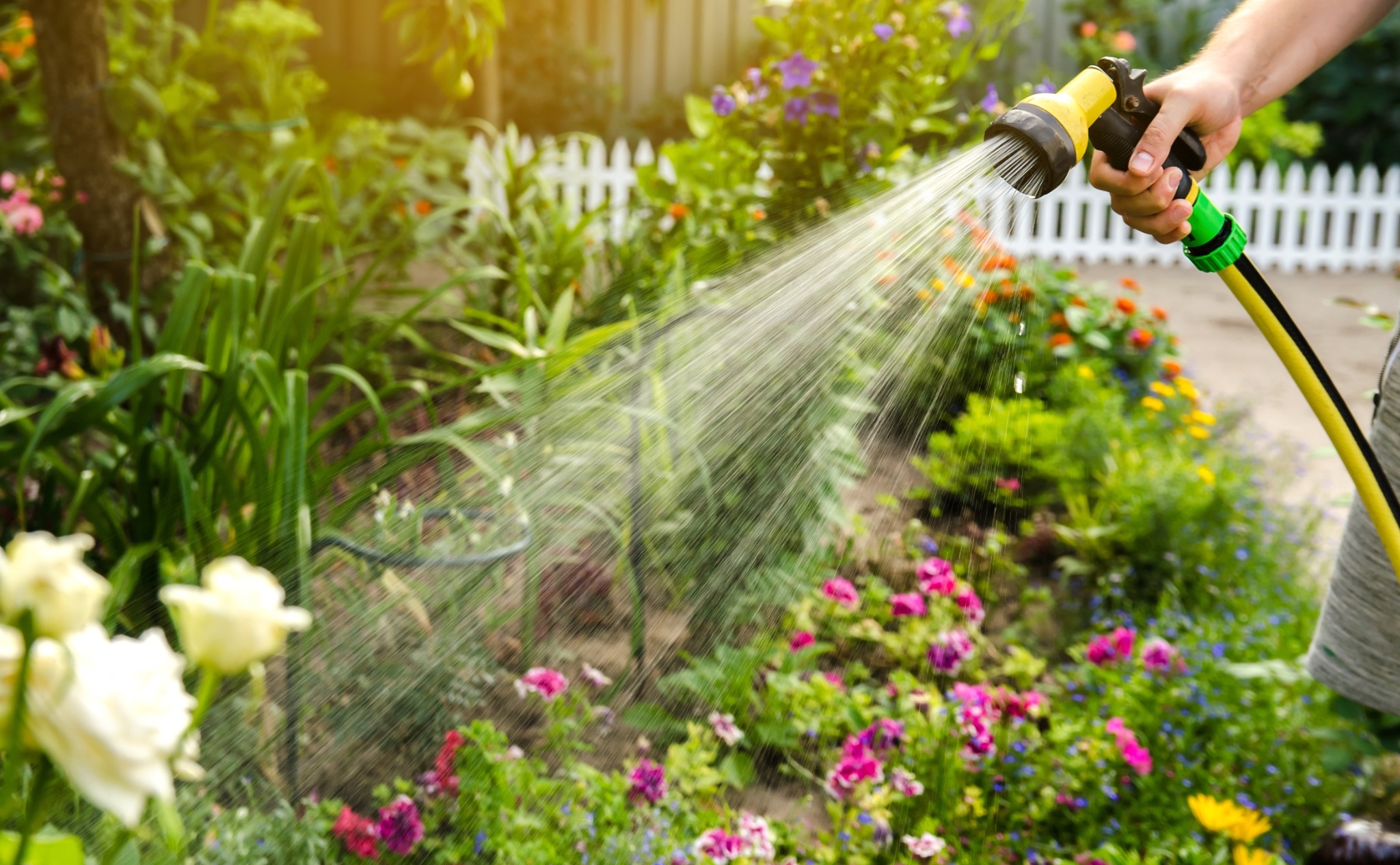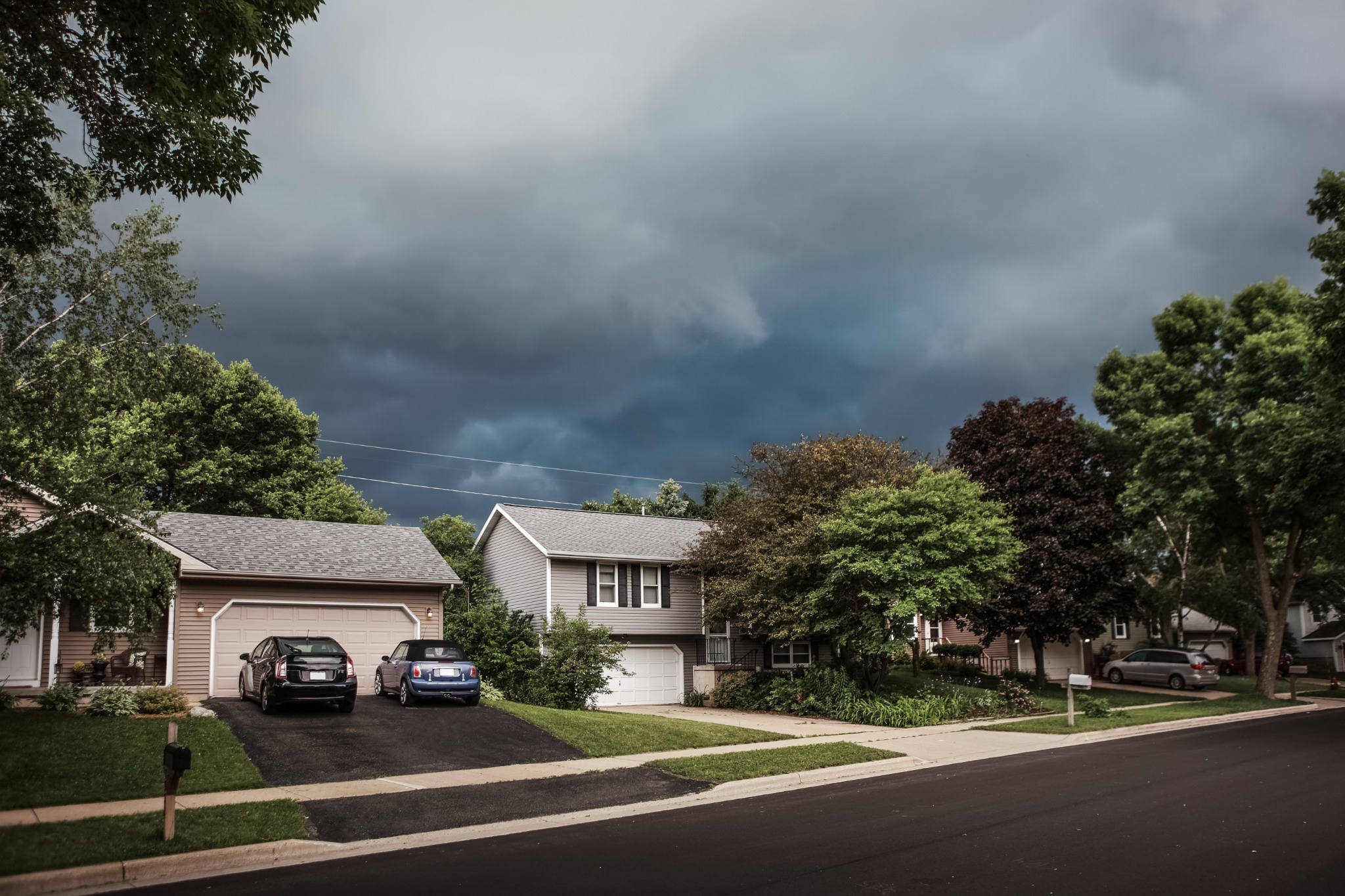Table of Contents
- Think Like a Kid, Design Like an Adult
- Multi-Use Furniture: The Small-Space Parent’s Secret Weapon
- Create “Zones” Instead of Rooms
- Make Vertical Space Work Harder
- Rethink the Closet (Even If It’s Tiny)
- Smart Storage for the Endless Toy Cycle
- Get Creative with Hidden Storage
- Make Storage Part of the Decor
- Get Kids Involved—It’s Half the Battle
- Table: Small-Space Storage Ideas That Fit Every Age
- The Real Goal: Less Stress, More Space to Live
Kid-Friendly Storage Ideas That Actually Work in Small Spaces
When you’re short on space, it doesn’t take long for toys, books, and art supplies to start taking over your home. No matter how many baskets or bins you buy, it can feel like the clutter keeps finding new corners to conquer. But small homes and apartments don’t have to feel chaotic—especially when your storage works with your kids, not against them.
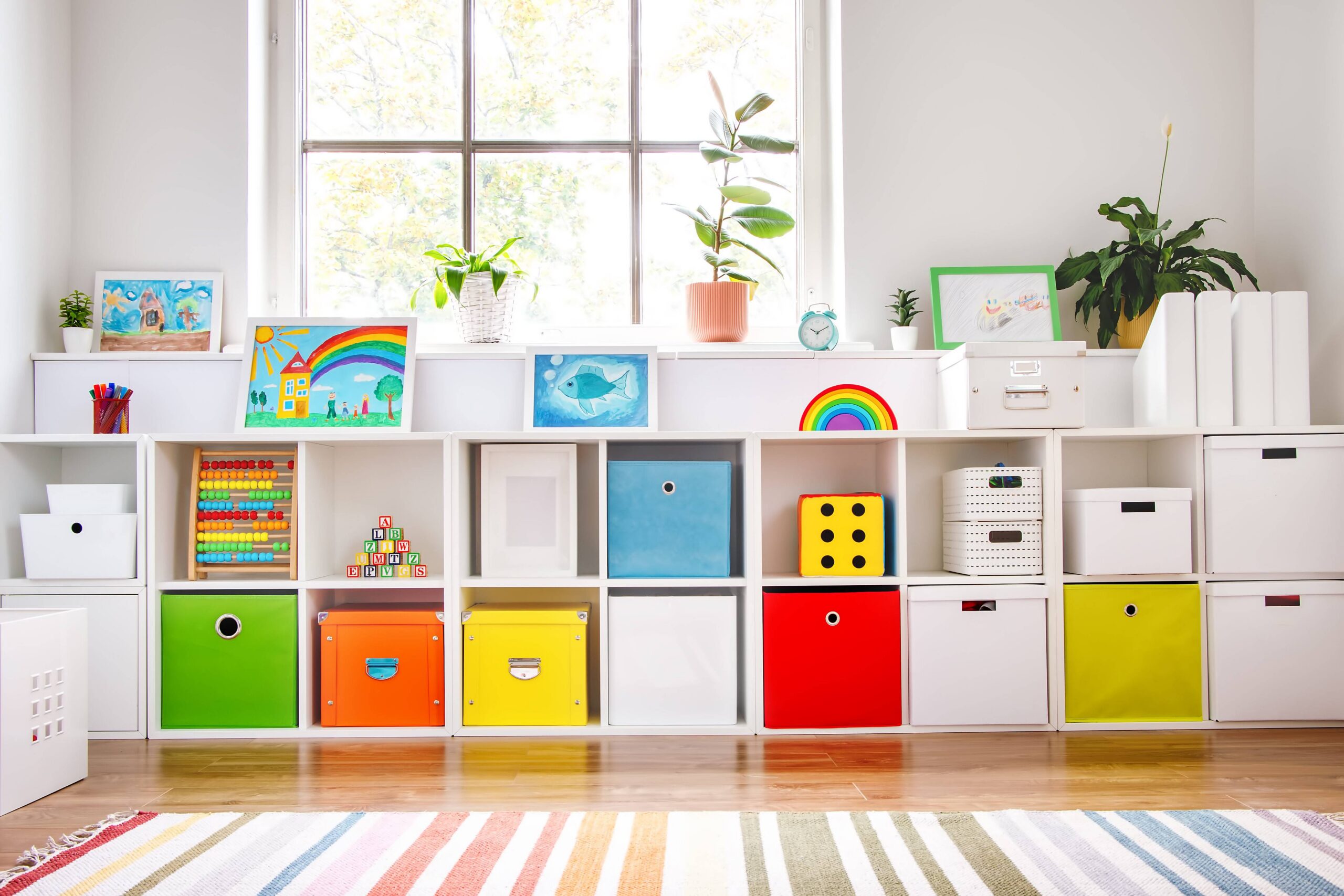
The secret to kid-friendly organization isn’t about buying more stuff; it’s about rethinking how your space functions. With a few smart ideas, even a tiny home can stay tidy, stylish, and surprisingly easy for kids to manage on their own. Here’s how to make it happen.
Think Like a Kid, Design Like an Adult
The first rule of small-space organization is empathy. Kids don’t see storage the way adults do. To them, a closed bin or high shelf might as well be a locked vault. If they can’t see it or reach it, they won’t use it—and you’ll end up picking up after them.
Start by getting on their level—literally. Look at your storage areas from your child’s height. Can they access their toys? Are their clothes within reach? Is cleanup intuitive? If not, it’s time to make the system simpler.
Use open bins, low shelves, and labels with pictures instead of text for younger kids. The goal is to make clean-up so easy they can handle it without supervision. The easier you make the “putting away” step, the more likely it’ll actually happen.
Multi-Use Furniture: The Small-Space Parent’s Secret Weapon
When square footage is tight, every piece of furniture should pull double duty. Look for items that hide storage without feeling bulky. A few smart swaps can make a huge difference:
- A storage ottoman doubles as a play table or reading perch while holding toys or blankets inside.
- A daybed with drawers provides both a comfy reading nook and a spot for off-season clothes or board games.
- Benches with lift-up seats make great toy chests that blend into living or dining areas.
If you live in an apartment, think vertical. Add wall-mounted cube shelves or floating cabinets above play zones. They draw the eye upward, add valuable storage, and keep floors open for play. Just make sure anything above shoulder height is securely anchored to prevent tipping.
Create “Zones” Instead of Rooms
One of the most effective strategies for small homes is defining activity zones rather than dedicating entire rooms. A single shared space can serve as a playroom, study area, and craft corner—if you plan it right.
Use small rugs or different storage styles to visually separate spaces. For instance, bright bins or baskets can signal “toy zone,” while a neutral rolling cart can serve as a movable homework station. Having clear zones helps kids understand where things belong, even in an open-concept or tight space.
The best part? You can repurpose zones as your kids grow. That LEGO corner can become an art nook, and later, a quiet reading space—all without a full redesign.
Make Vertical Space Work Harder
When floor space is scarce, walls are your best friend. Vertical storage doesn’t just save room—it helps reduce clutter creep by keeping surfaces clear.
Install wall-mounted pegboards, floating shelves, or cubbies above desks and play areas. These are great for displaying kids’ artwork, holding craft jars, or organizing small toys like cars and figurines. For younger kids, keep everyday items within easy reach, but reserve higher spots for seasonal toys or things you rotate in and out.
Over-the-door organizers are another underused gem. They’re perfect for storing shoes, small toys, hair accessories, or art supplies. Just be sure to label pockets or use clear ones so kids can see what’s inside.
Rethink the Closet (Even If It’s Tiny)
Closets can be black holes in small homes, especially in kids’ rooms. But with a few tweaks, even the narrowest space can become a powerhouse of organization.
Add a second, lower hanging rod for clothes so kids can access their own outfits. This encourages independence and keeps you from being the morning wardrobe manager. Use stackable bins or fabric drawers for shoes and accessories, and hang hooks on the inside of the door for hats, backpacks, or hoodies.
If your closet is too small for all their things, move some of the storage outside the closet. A slim dresser or cube organizer nearby can hold pajamas or play clothes, freeing up hanging space for items that wrinkle.
Smart Storage for the Endless Toy Cycle
Let’s face it: kids’ toys multiply like gremlins. Managing the rotation is key, especially in small spaces. The best system is one that limits what’s visible and accessible at any given time.
Try a “toy rotation” system—store half of their toys in labeled bins in a closet or under a bed, and swap them out every few weeks. The novelty of “new” toys keeps kids engaged without adding more clutter.
Clear bins are ideal because kids can see what’s inside without dumping everything out. You can also use fabric baskets with photo tags so even toddlers can match toys to their spots. It’s not about strict minimalism—it’s about making tidiness simple enough for kids to actually sustain.
Get Creative with Hidden Storage
When every square foot counts, think beyond traditional furniture. Hidden or “invisible” storage solutions can help you reclaim wasted space without adding bulk.
Slide shallow bins under beds or sofas for art supplies, puzzles, or seasonal clothes. Use under-stair nooks for shelving or pull-out drawers if you have a multi-level home. Even something as simple as hanging fabric storage pockets on the sides of beds or desks can add easy-access spots for books, stuffed animals, or nighttime essentials.
If you’re feeling handy, build a window seat with a hinged lid—it’s both cozy and incredibly functional. These small additions add visual charm while solving real space problems.
Make Storage Part of the Decor
The best storage doesn’t just hide clutter—it looks good doing it. Choosing attractive containers and coordinated colors can make even visible storage feel intentional, not like a last-minute solution.
Opt for woven baskets, canvas bins, or wooden crates that match your home’s color palette. You’ll be more likely to leave them in shared spaces if they blend with your decor. Mixing open and closed storage also helps balance aesthetics and practicality—display the cute wooden blocks, but stash the noisy toys behind fabric bins.
For shared living spaces, subtle design choices make all the difference. Matching containers or neutral tones help keep things cohesive, even if every basket is filled with something different.
Get Kids Involved—It’s Half the Battle
No storage system works if the people using it don’t buy in. The more involved your kids are in designing their space, the more likely they are to keep it organized.
Ask them what’s hard to reach, what they use most, and what they’d like to display. Giving them small choices—like which color bins to use or where their favorite toys go—creates ownership. For older kids, that ownership can even evolve into responsibility for keeping their area tidy.
Make cleaning part of the routine, not a chore. Ten minutes before dinner? Quick cleanup race. Weekend reset? Put on music and do it together. The goal isn’t perfection—it’s progress you can maintain week after week.
Table: Small-Space Storage Ideas That Fit Every Age
| Space | Smart Upgrade | Why It Works |
|---|---|---|
| Living Room | Storage ottoman or bench | Keeps toys nearby but out of sight |
| Bedroom | Under-bed bins or rolling drawers | Maximizes unused space |
| Closet | Double rods and labeled bins | Makes clothes accessible for kids |
| Play Zone | Cube shelves with baskets | Easy for kids to organize themselves |
| Entryway | Wall hooks and baskets | Simplifies daily drop-off clutter |
| Bathroom | Over-the-door organizer | Stores towels, toys, and supplies |
The Real Goal: Less Stress, More Space to Live
Small homes and apartments can feel instantly calmer when your stuff has a home—and your kids know where that home is. The best systems are flexible, intuitive, and easy to maintain, even on busy days.
Start with a single problem area—the living room, the closet, or the toy corner—and give it a simple system that your kids can use. Once you see how much smoother your days run, you’ll find more creative ways to expand that structure throughout your home.
A tidy home isn’t about perfection—it’s about peace. When every item has its place and everyone knows where it goes, your space starts to work for you instead of against you. And that’s when even the smallest home starts to feel big enough for the whole family.
